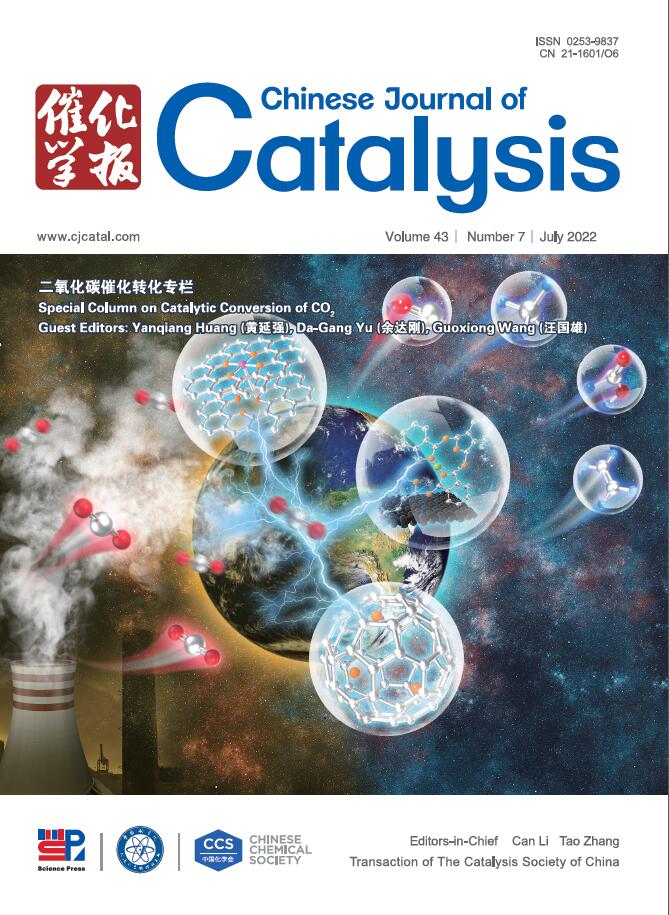Novel materials and techniques for photocatalytic water splitting developed by Professor Kazunari Domen
IF 15.7
1区 化学
Q1 CHEMISTRY, APPLIED
引用次数: 0
Abstract
ABSTRACT
Professor Kazunari Domen at the Shinshu University and the University of Tokyo has pioneered materials and techniques for solar-driven water splitting using photocatalysts, a promising technology for contributing to the construction of a sustainable and carbon-neutral society. In this paper, we summarize his groundbreaking contributions to photocatalytic water splitting and, more broadly, photocatalytic research. We highlight various novel functional photocatalytic materials, including oxides, (oxy)nitrides, and oxysulfides, along with innovative techniques such as cocatalyst engineering and Z-scheme system construction developed by the Domen Group. His team has also pioneered readily accessible and cost-effective photo(electro)chemical device fabrication methods, such as the particle-transfer method and thin-film-transfer method. Furthermore, their research has made significant contributions to understanding the (photo)catalytic mechanisms using advanced characterization techniques. Together with his research team, Professor Domen has set many milestones in the field of photocatalytic overall water splitting, notably demonstrating the first scalable and stable 100 m2 solar H2 production system using only water and sunlight. His work has revealed the potential for practical solar H2 production from water and sunlight, and highlighted the application of fundamental principles, combined with chemical and materials science tools, to design effective photocatalytic systems. Through this review, we focus on his research and the foundational design principles that can inspire the development of efficient photocatalytic systems for water splitting and solar fuel production. By building on his contributions, we anticipate a significant impact on addressing major global energy challenges.
求助全文
约1分钟内获得全文
求助全文
来源期刊

Chinese Journal of Catalysis
工程技术-工程:化工
CiteScore
25.80
自引率
10.30%
发文量
235
审稿时长
1.2 months
期刊介绍:
The journal covers a broad scope, encompassing new trends in catalysis for applications in energy production, environmental protection, and the preparation of materials, petroleum chemicals, and fine chemicals. It explores the scientific foundation for preparing and activating catalysts of commercial interest, emphasizing representative models.The focus includes spectroscopic methods for structural characterization, especially in situ techniques, as well as new theoretical methods with practical impact in catalysis and catalytic reactions.The journal delves into the relationship between homogeneous and heterogeneous catalysis and includes theoretical studies on the structure and reactivity of catalysts.Additionally, contributions on photocatalysis, biocatalysis, surface science, and catalysis-related chemical kinetics are welcomed.
 求助内容:
求助内容: 应助结果提醒方式:
应助结果提醒方式:


